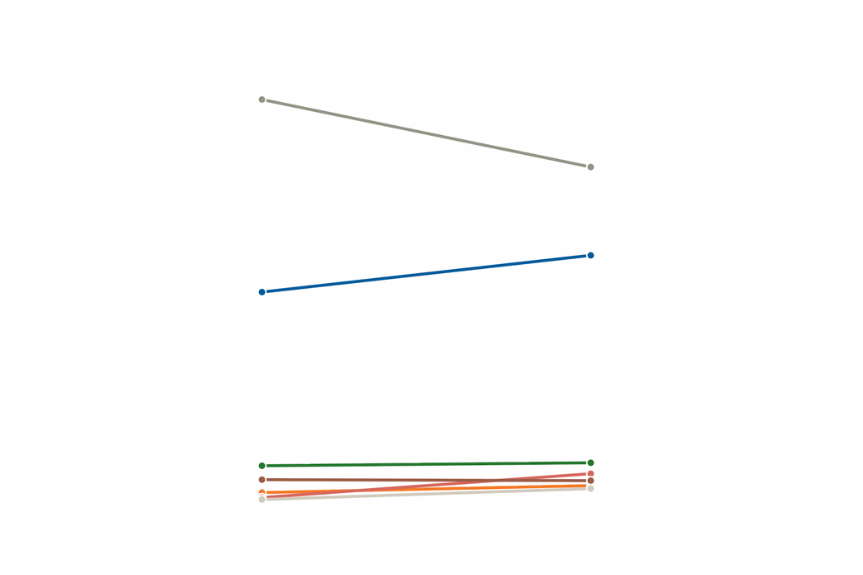In Honduras, New Government Takes Reins
In Honduras, New Government Takes Reins
President-elect Juan Orlando Hernández takes office on January 27 facing a host of policy obstacles, but also some advantages.
A new government comes into power in Honduras this week, as President-elect Juan Orlando Hernández takes office on January 27 and members of Congress begin their term on January 21. Elected in November with only 37 percent of the vote, Hernández begins his term without a mandate. Plus, the president’s party—the National Party—won 48 out of 128 seats in Congress, giving it more spots than any other party, but still short of a majority. Now, the president will face a number of challenges that have plagued the Central American country.
First, Hernández faces a divided electorate in a country that experienced a coup almost five years ago. President Porfirio Lobo, Hernández’s predecessor, spent his early administration fighting for legitimacy. Lobo was elected during an interim government following the June 2009 ouster of President Manuel Zelaya. Meanwhile, in 2013, Hernández ran against Xiomara Castro de Zelaya—the wife of the former president. She came in second with nearly 29 percent of the vote, and initially declared herself the winner. Her party, Liberty and Refoundation, spearheaded calls and protests to demand a recount. Plus, as in the previous election, there were reports of vote-buying, pre-marked ballots, and other electoral irregularities.
Nonetheless, Hernández does enter office with an advantage. For the first time since the country returned to democracy in the 1980s, one National Party president will succeed another. As such, the transition began early. The new head of the Executive Directorate of Revenue was sworn in on December 13, and on December 19, Hernández and current President Porfirio Lobo inaugurated new military and police leadership.
However, Hernández’s push to overhaul the government’s organizational structure hit a wall. Congress rejected his bid to create eight “super ministries” on January 16, which would have concentrated power to eight cabinet leaders to head the ministries and would have demoted secretaries to a level below them. This curveball actually came before the congressional transition—when the ruling party still held a majority in the legislature. Now, with only 48 seats, the National Party will need to make accords with other parties to push through legislation.
Along with the need for alliances in Congress, one of the first challenges Hernández faces is that the government is nearly bankrupt. With the National Party in control of Congress before the January 21 transition, the legislature passed a major tax reform on December 21 in an attempt to keep the government running. The law raises taxes in a host of areas, ranging from gasoline to foreign companies’ revenues, and includes a new 3 percent sales tax on top of the existing 12 percent tax. The Honduras Culture and Politics blog points out that while legislation aims to boost government funds, the expected revenue will only cover half of what Lobo’s administration borrowed in 2013.
Poverty and unemployment are also long-standing issues. When Lobo took office, an estimated 1.3 million were unemployed; in 2013, that number stood at around 1.8 million. Meanwhile, nearly three-quarters of the population work in the informal economy. A November 2013 study from the Center for Economic and Policy Research showed that from 2009 to 2012, poverty and extreme poverty increased by 13 percent and 26 percent, respectively. The report also found that income inequality rose over the same period, making the Central American country the most unequal in Latin America. Released this month, the Economic Commission for Latin America’s statistical yearbook estimates Honduran poverty at over 64 percent of the population, and extreme poverty at nearly 43 percent, using numbers from 2010.
Violence presents another challenge. The Central American country has the world’s highest homicide rate, and the second largest city, San Pedro Sula, has more murders per capita than any city globally. But last year saw a drop in homicides. The National Autonomous University of Honduras' Observatory of Violence released new numbers earlier this month showing a rate of 83 per 100,000 people, down from 86.5 in 2011. However, Blogger Mike Allison of Central American Politics argues that because the government cut off the Observatory’s access to official crime statistics in December, the number could be even higher, at 85 per 100,000. Meanwhile, the Honduran police say the 2013 rate stood at 75.1 per 100,000. Also, in May, Honduran gangs brokered a truce modeled after a similar undertaking in El Salvador.








